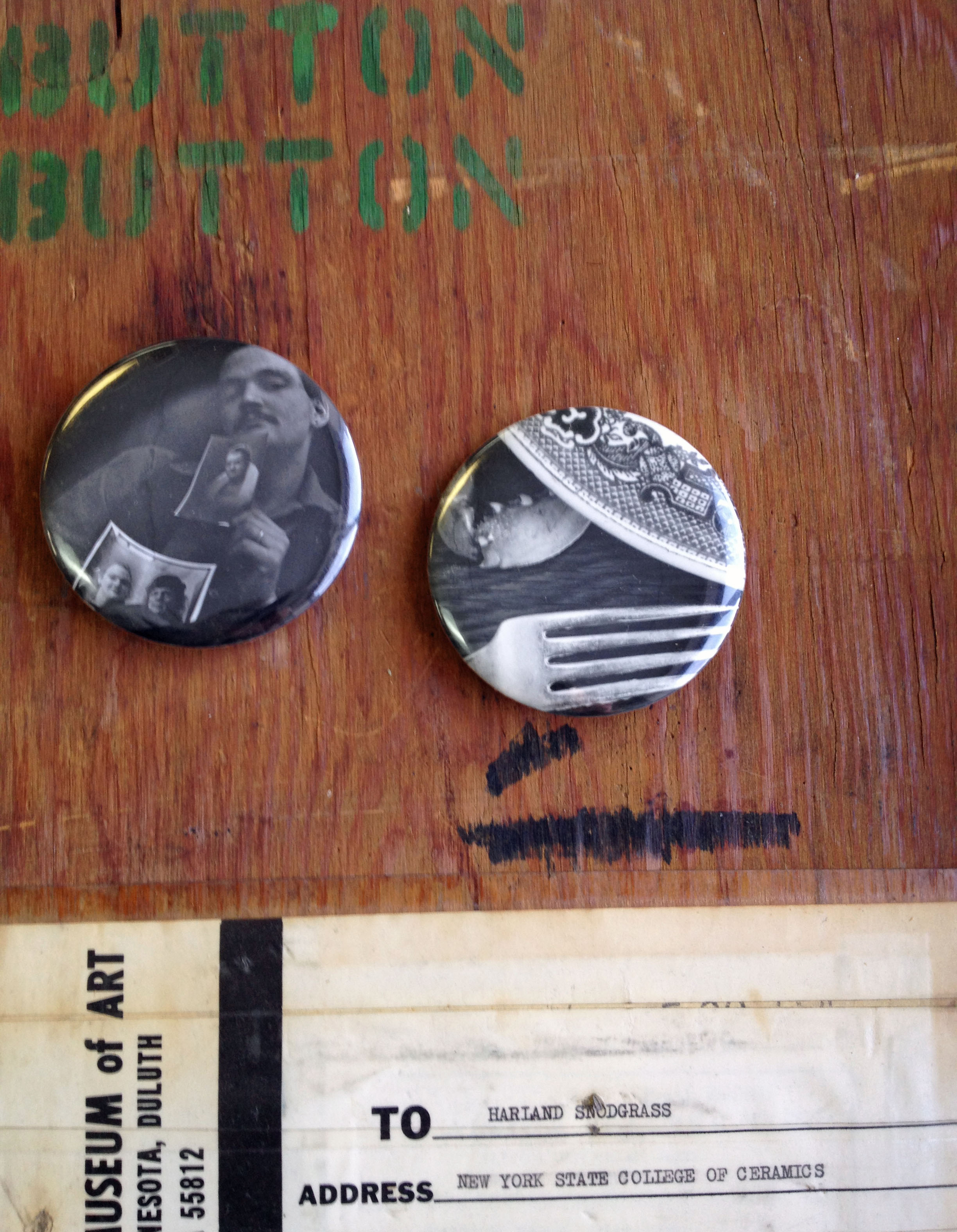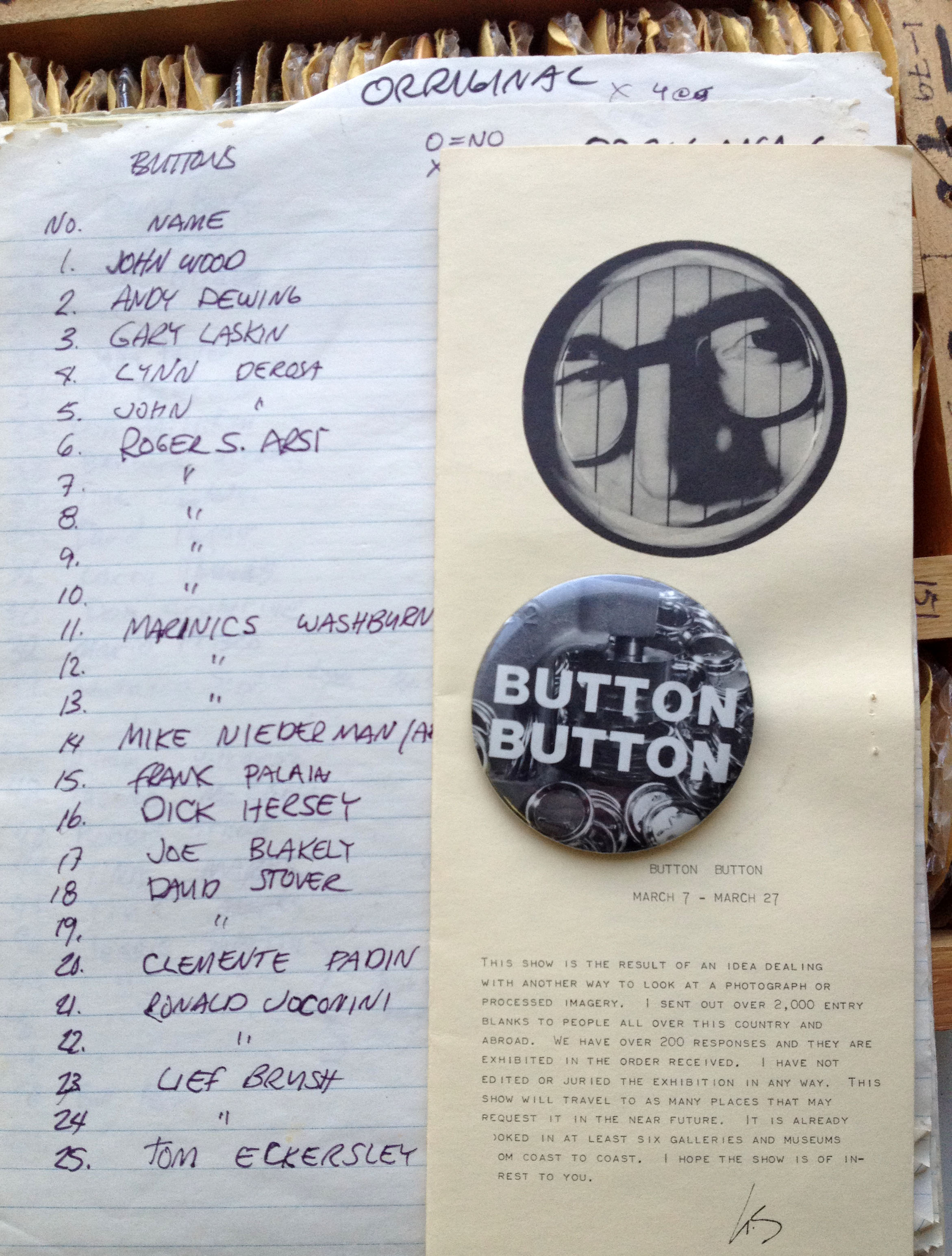This past August I had the opportunity to meet with incoming students during the Student Success Conference. The Alfred University Libraries held a session titled 10 things you should know about the libraries before you start class. Anyone who has sat in on my introductory library sessions knows that I often ask the students if they know how many libraries there are in the village of Alfred. Often enough, one or two students will come up with the correct number: four.
The reason I ask this question is to provide an opportunity to talk about the different libraries available to them, and to discuss the strengths of each collection. I have to admit that I also ask the question because, as someone who lives and works in the village, I am proud of the number and happy that I can possibly surprise students (if that is even possible) with such a big number for such a small village. The question I ask is misleadingly simple, though. I could qualify the question with a possibly laborious introduction to the nature of libraries in the twenty-first century, i.e. what forms they take (physical or digital or both).
With the arrival over the past fifteen years of organizations such as the The Internet Archive and The HathiTrust Digital Library and, more recently, the Digital Public Library of America (DPLA), these resources expand the reach of libraries beyond the boundaries of any given village. I think I will keep the question I ask the students deceivingly simple (and possibly impressive) despite the fact that the question is complex.
By focusing the question on the four libraries in Alfred, I know that I am giving each student a good place to start and that, over time, they will discover the many remarkable collections that are available online.
-John Hosford
Additional information about the DPLA.
Digital Public Library of America
The National Digital Public Library is Launched! essay by Robert Darnton
[youtube=http://youtu.be/m0ngLBa4ewM]
Author Archives: John Hosford
“1st International Photographic Button Show, or Revisiting the Button Button Show”
With all of the photo based shows opening up this week around campus, I was inspired to re-visit a display I organized for Scholes library four years ago, the “1st International Photographic Button Show, or Revisiting the Button Button Show.”  Harland Snodgrass, professor of painting and video at the College of Ceramics from 1969 to 1985, donated the buttons to Scholes Library back in 2008, along with a series of videotapes he made as a faculty member here.
Harland Snodgrass, professor of painting and video at the College of Ceramics from 1969 to 1985, donated the buttons to Scholes Library back in 2008, along with a series of videotapes he made as a faculty member here.
The “Button Button” show originated in 1976 when Harland sent out over 2000 requests for submittals. Each artist who submitted work was asked to submit four identical images, one of which was returned as a button to the artist while the other three were added to the traveling exhibitions. Submissions came in from all over the United States, as well as Canada, Uruguay, Scotland, and England and, in the end, he received a total of 200 entries. Each entry was die cut by Harland and made in to a button. The show traveled “from coast to coast,” being exhibited in galleries and museums.
In 2010, Harland sent me an email describing the show, which was first installed in Fosdick Nelson Gallery in March 1977. At the end of the description he explains how one of the buttons contained a hidden video camera and the images of gallery visitors were projected live through a monitor at the front of Fosdick Nelson Gallery.
“The show was a dotted line – buttons spaced eye height – about 8″apart, all around the entire gallery with late submissions piled up at the entry.  As crowd came in, they cued up and made this slow, shuffling line, following the dots around the entire space. Was wild because of the button’s size, everyone was sucked right up to the walls and the entire center was empty. I made a show poster in the window foam board of the entrance saying BUTTON BUTTON with a 12 ” hole cut out with a video monitor pushed up to it from behind. Looked like one of the buttons except it moved.
As crowd came in, they cued up and made this slow, shuffling line, following the dots around the entire space. Was wild because of the button’s size, everyone was sucked right up to the walls and the entire center was empty. I made a show poster in the window foam board of the entrance saying BUTTON BUTTON with a 12 ” hole cut out with a video monitor pushed up to it from behind. Looked like one of the buttons except it moved.
I had a very wide lens on a b/w camera and as folks came by the semi hidden camera, while looking closely at the buttons, they became a distorted, graphic part of the advertisement outside the gallery. Moving button images . . .”
— Snodgrass, Harland. E-mail to John Hosford, August 30, 2010
In the short time I have known him, Harland has always exhibited a keen sense of community with Alfred and, more specifically, with the School of Art and Design.  His donations to Scholes Library are “raw materials” that have been boxed, moved, stored, shifted, dropped, photographed, and finally shipped back to the relative comfort of Scholes Library in the village of Alfred, where they can be prodded and coaxed into new forms.
His donations to Scholes Library are “raw materials” that have been boxed, moved, stored, shifted, dropped, photographed, and finally shipped back to the relative comfort of Scholes Library in the village of Alfred, where they can be prodded and coaxed into new forms.
The display in Scholes Library will be up from February 10th through March 10th.
– John Hosford